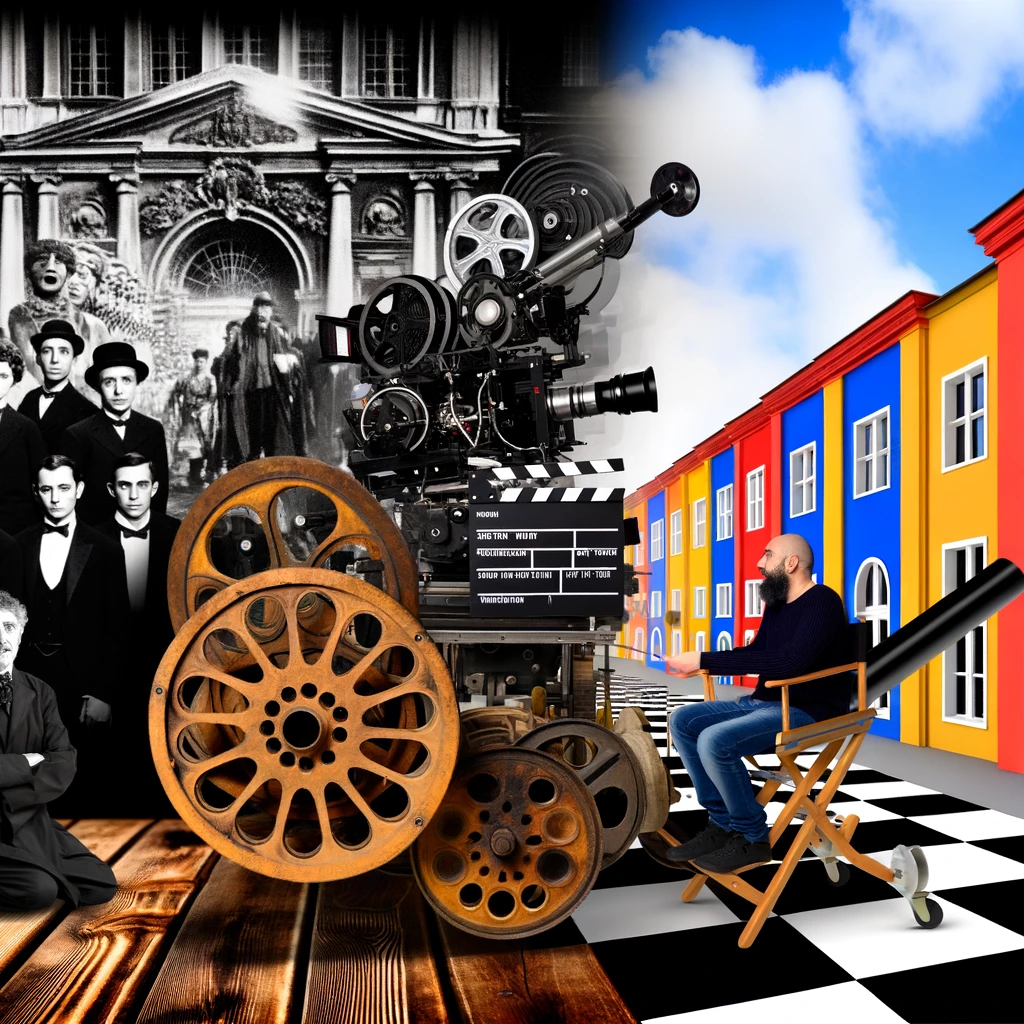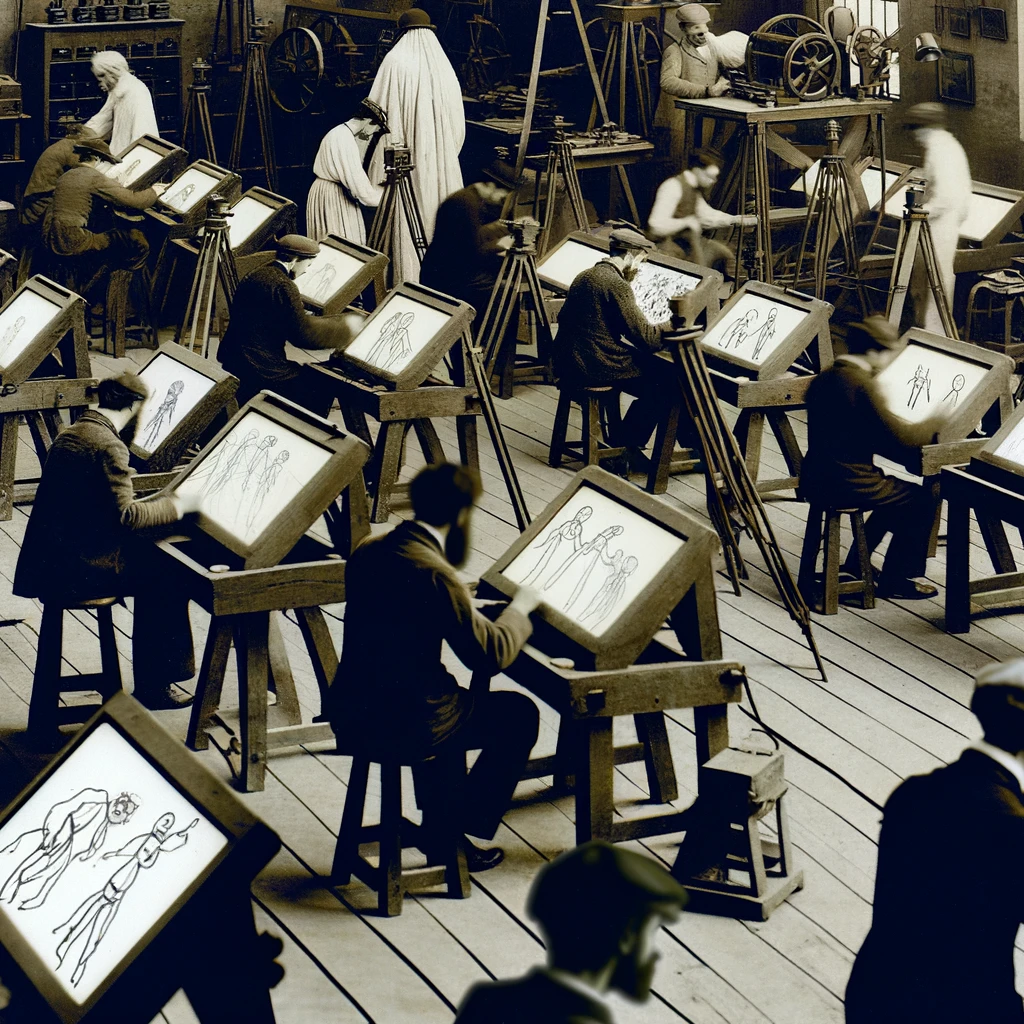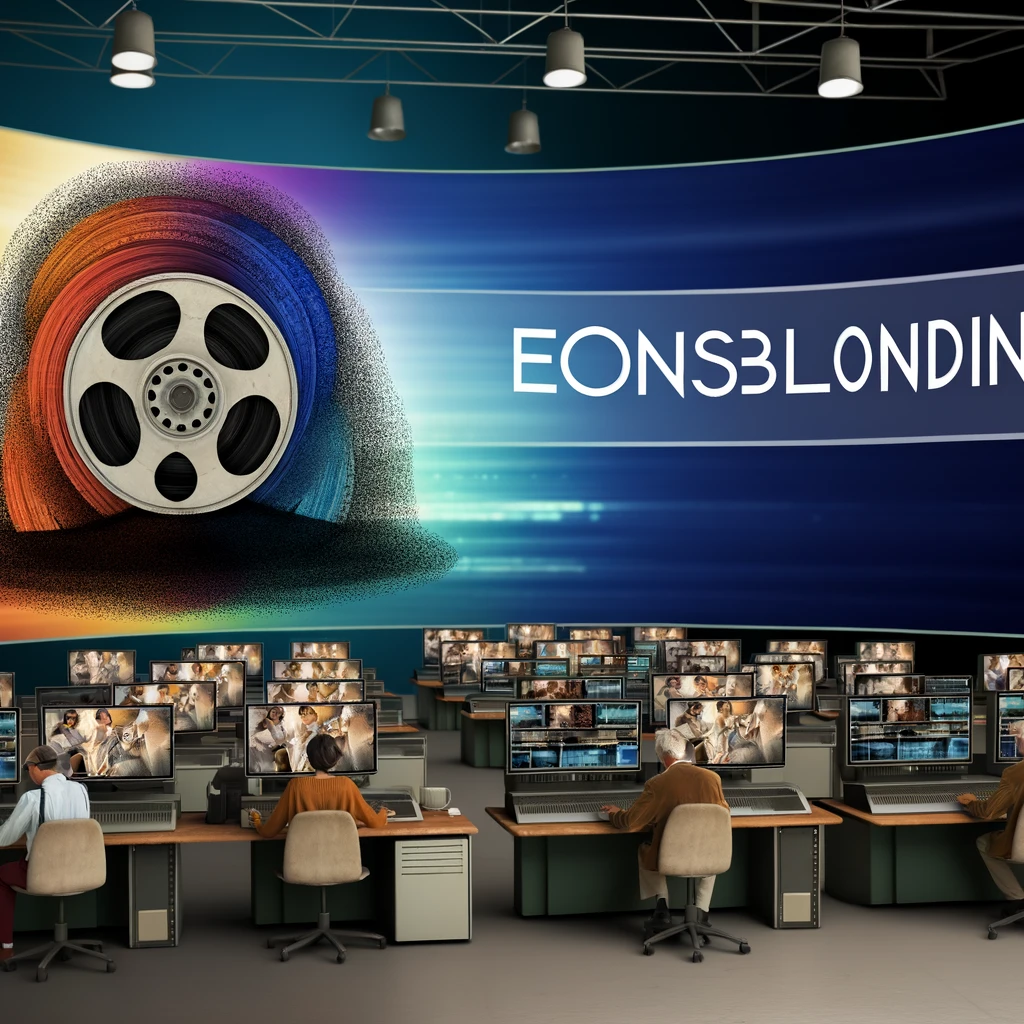
The Art of the Remake: Innovation or Imitation?
In the realm of film and television, remakes have long been a subject of heated debate. Are they a testament to creative ingenuity, or do they merely mimic the success of their predecessors? This article aims to explore the dual nature of remakes, dissecting whether they represent innovation or imitation.
The Historical Context of Remakes
Remakes are not a novel concept. From the early days of cinema, filmmakers have revisited and reimagined stories. For instance, Alfred Hitchcock's own film The Man Who Knew Too Much was remade by him in 1956, illustrating that even the original creators sometimes see value in revisiting their work.
Innovation in Remakes
Not all remakes are created equal. Some bring fresh perspectives and technological advancements that enhance the storytelling. Consider Ocean's Eleven, a remake of the 1960 film. The 2001 version directed by Steven Soderbergh not only updated the setting and style but also introduced a star-studded ensemble that redefined the heist genre for modern audiences.
Moreover, technological evolution allows for more impressive visual effects and sound design, offering audiences an immersive experience that was previously unattainable. This can be seen in films like King Kong, where the 2005 remake utilized CGI to create lifelike creatures and more dynamic action sequences.
Imitation: The Other Side of the Coin
Conversely, some remakes fall into the trap of imitation, offering little more than a rehash of the original. This often occurs when studios prioritize financial gain over artistic merit. A classic example is Gus Van Sant's 1998 shot-for-shot remake of Psycho, which failed to capture the original's suspense and innovation, instead appearing as a mere duplicate.
These types of remakes often rely on the nostalgia of the original to draw audiences, without adding significant value or new insight. This can lead to a saturated market where creativity is stifled, as studios opt for the safety of familiar stories rather than taking risks on new ideas.
The Audience's Role in the Success of Remakes
The success of a remake can often depend on the audience's reception. Viewers may have preconceived notions based on their attachment to the original, which can affect their openness to new interpretations. However, when a remake successfully bridges the gap between honoring the original and offering new insights, it can resonate deeply with both old and new audiences.
Conclusion: A Balanced Perspective
Ultimately, the art of the remake lies in the balance between innovation and imitation. While some remakes may fail to bring anything new to the table, others can serve as a testament to the creative potential of reinterpreting classic stories. As audiences, it is vital to approach each remake with an open mind, assessing its merits on both its artistic execution and its ability to contribute something fresh to the narrative landscape.
In conclusion, whether a remake is deemed successful or not often hinges on its ability to honor the original while daring to innovate. As the entertainment industry continues to evolve, remakes will undoubtedly remain a staple, challenging filmmakers to strike the perfect balance between homage and originality.
Related Articles





